I am a dedicated Machine Learning Engineer and Researcher with expertise in developing and deploying advanced ML and DL models.
Holding a Master's degree in AI Software, I blend technical and research proficiency with strategic insight.
My skills includes computer vision, NLP, and MLOps, using tools like Python, PyTorch / TensorFlow, MLflow, and AWS.
I have published two SCI papers on energy-efficient video surveillance systems using Federated learning (FL) and Reinforcement Learning (RL).
As a Researcher at iMES lab, I worked on real-time human behaviour analysis and resource-efficient in surveillance systems projects.
As an intern at AITheNutrigene, I developed a high-accuracy classification system for Korean fermented foods and built a custom keyword extractor nlp model.
My portfolio projects include real-time cost-effective video surveillance, football analysis, custom korean setiment analysis,and GAN-based medical X-ray image generation, demonstrating my ability to manage end-to-end model development from data preprocessing to deployment.
I am passionate about advancing ML and AI, striving for excellence and efficiency in every project.
About

Tools / Frameworks

Python

PyTorch
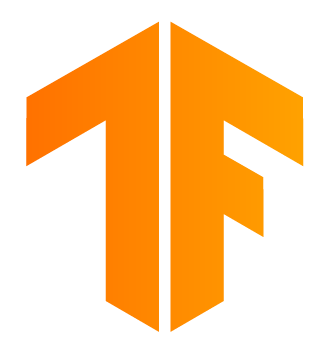
TensorFlow

Keras
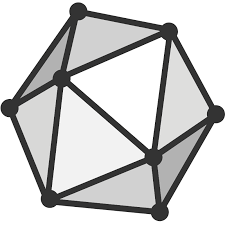
ONNX

OpenCV
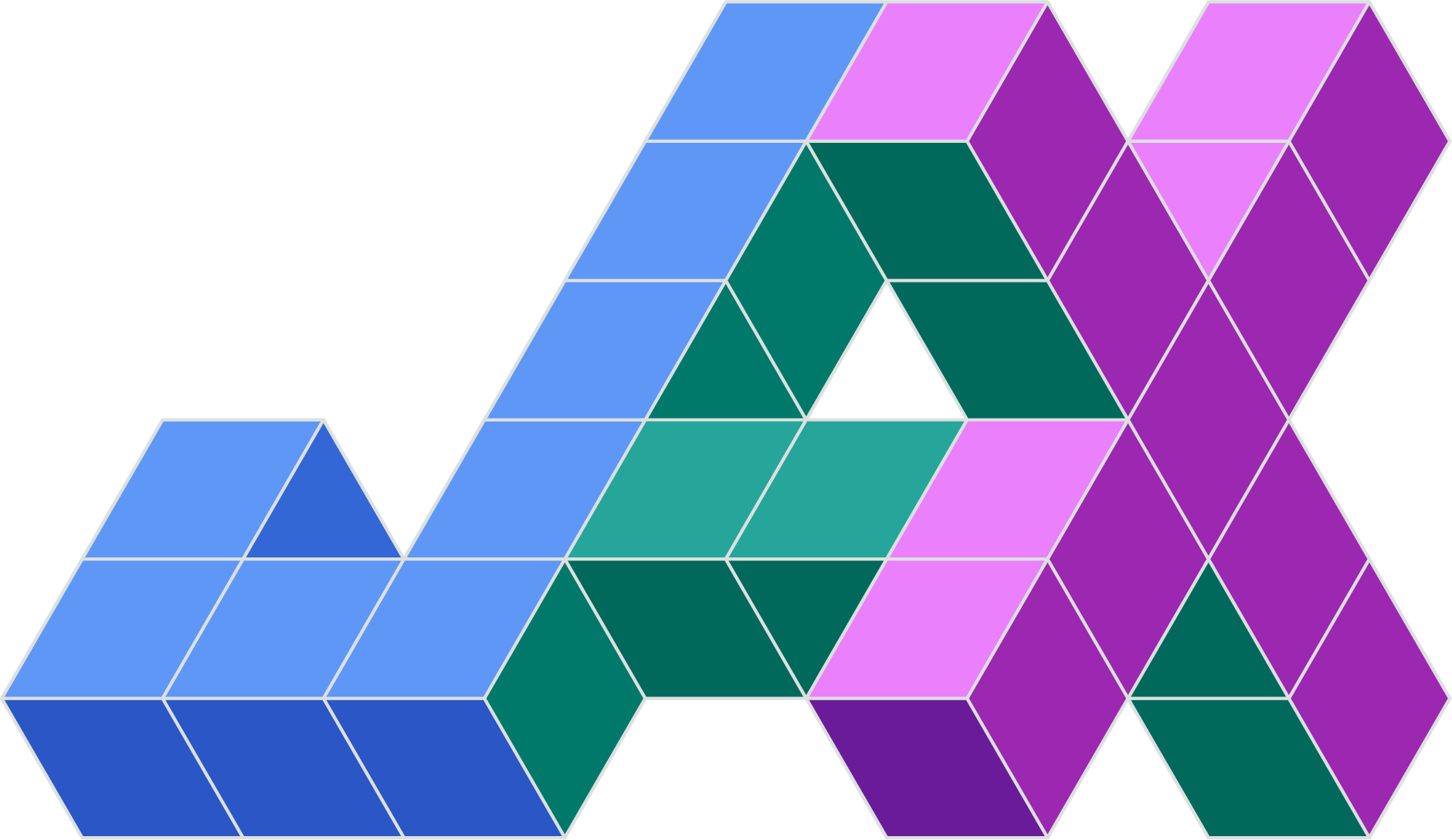
JAX

Scikit

Git

GitHub

Docker
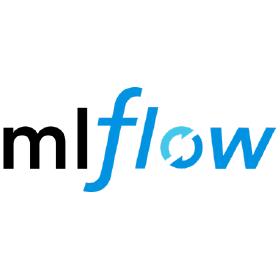
MLFlow
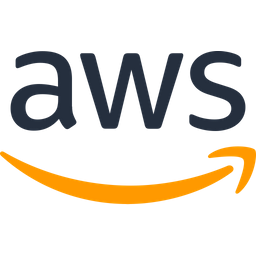
AWS

CUDA
SKILLS
Projects
End-to-End Mobile_Price_Prediction
This prjoect exemplifies deploying a multi-class classifier model using Random Forest on AWS SageMaker to predict mobile phone price ranges. The below github repository contains the necessary code and dataset.
GitHub
X-Ray Medical Image Generation
This project is the implementation of X-Ray medical image generation using StarGAN v2. StarGAN v2 is employed for its advanced capabilities in image translation tasks.
GitHub
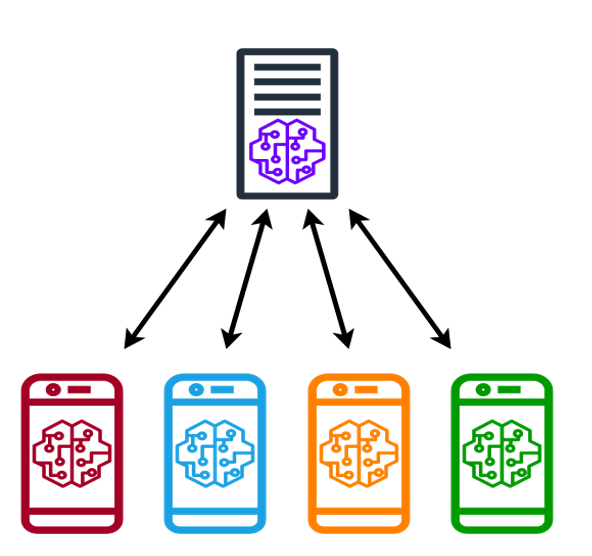
Federated Learning Simulation
This project demonstrates a simulation of the training process of an LSTM model using Federated Learning (FL) to be trained on data from multiple cameras without transferring the raw video data to a centralized server.
GitHub
Research
Deep Reinforcement Learning-Empowered Cost-Effective Federated Video Surveillance Management Framework 2024
Journal: Sensors, MDPI | Process: Published (SCI/E), IF 3.275-Q2
Author(s): Dilshod Bazarov, Alaelddin F. Y. Mohammed, TaeHeum Na and Joohyung Lee (corresponding author)
Link: 10.3390/s24072158
The study introduces a novel, cost-effective federated video surveillance management framework that optimizes GPU usage and reduces energy consumption by 5% through a two-tiered edge computing architecture and dynamic threshold control using Deep Q-Networks and federated learning.
Cognitive Video Surveillance Management in Hierarchical Edge Computing System with Long Short Term Memory Model 2023
Journal: Sensors, MDPI | Process: Published (SCI/E), IF 3.275-Q2
Author(s): Dilshod Bazarov, Jingyeom Kim, Alaelddin F. Y. Mo. and Joohyung Lee (corresponding author)
Link: 10.3390/s23052869
The proposed CogVSM framework for deep learning-based video surveillance in smart cities uses an LSTM model to predict object appearance patterns, dynamically manage GPU resources, and reduce memory usage by up to 32.1% compared to the baseline and 8.9% compared to previous methods, achieving a root-mean-square error of 0.795.